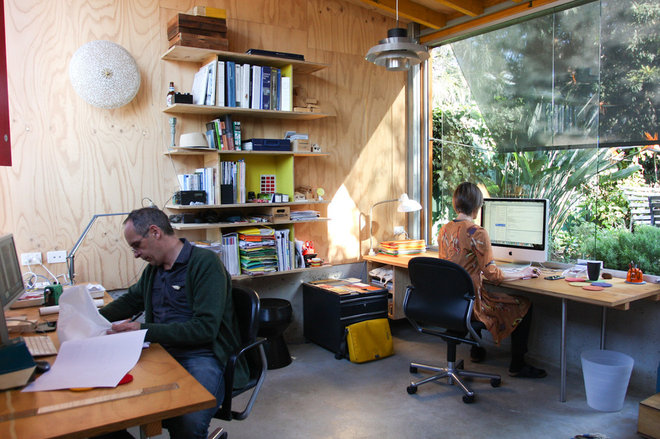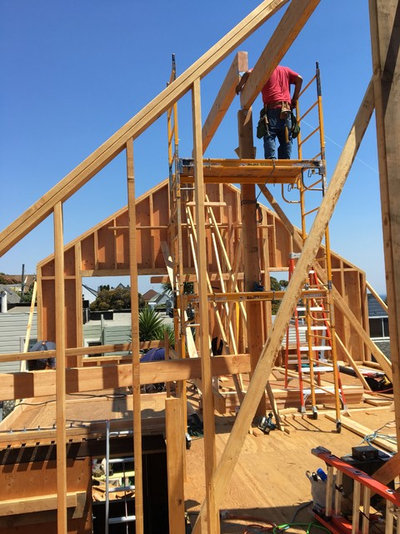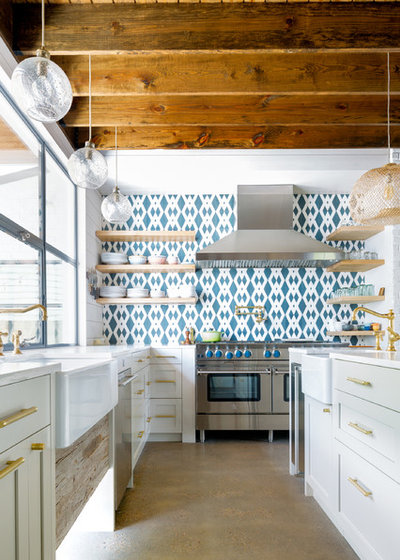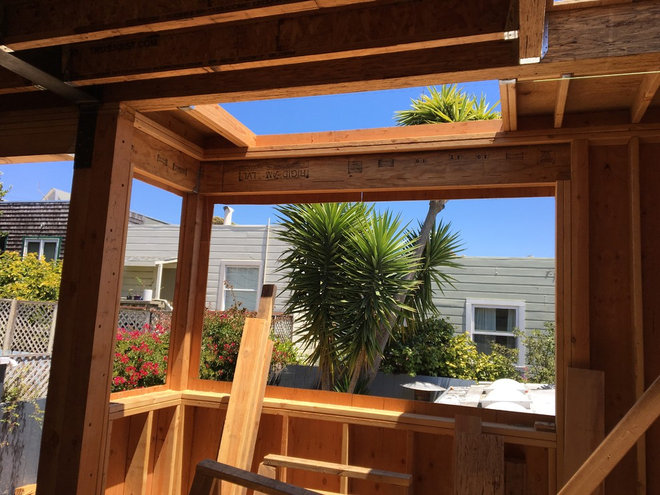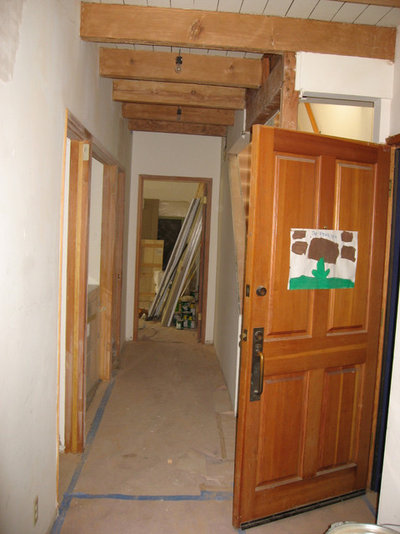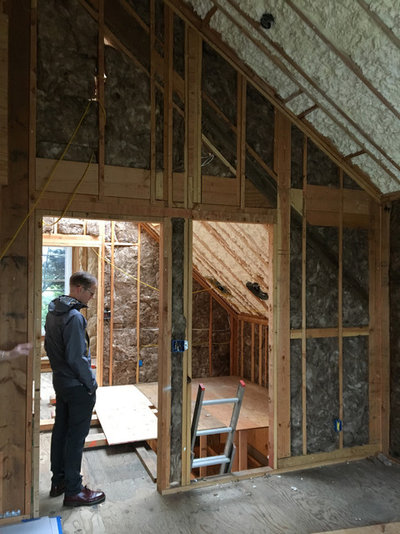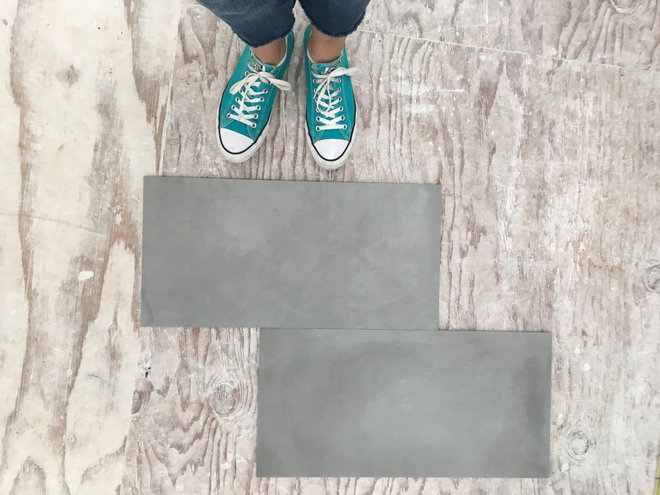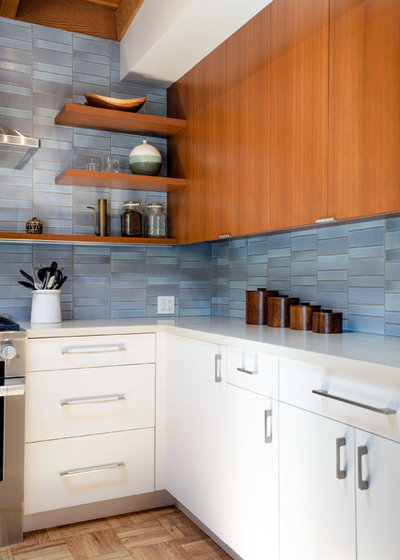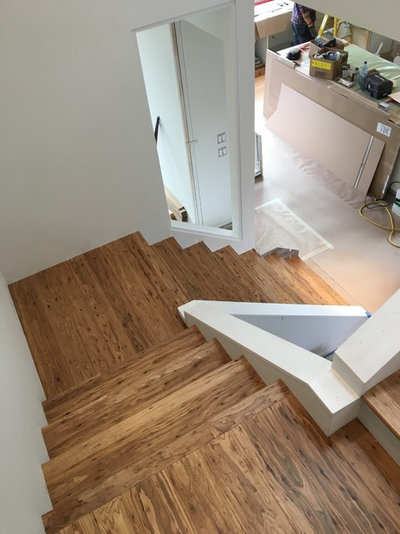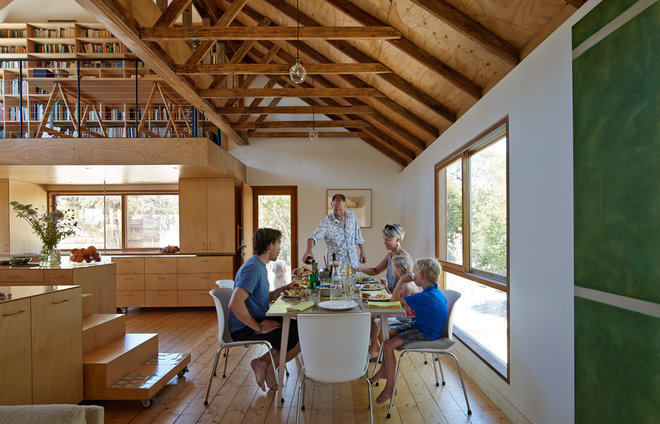10 Things to Do for a Smooth Renovation
How to Find Your Renovation Team
On a related note, it’s a good idea to bring together professionals who have prior, positive experiences working together. Ask your architect or designer to recommend builders they’ve previously worked with. Or if you have a great builder on board but need an architect or designer, ask the builder to recommend someone they have a proven track record with. Think of it like a good marriage — you want to bring together people who can communicate effectively and resolve problems quickly, efficiently and amicably.
Find renovation professionals near you
I’ve seen this scenario happen to people before: Imagine being on year two of a remodel that was originally supposed to be just a master suite renovation. You experienced major “scope creep” and started adding and adding to the project, then got stopped in your tracks when the city caught wind and insisted you update your permits (something that can take ages to resolve in a place like San Francisco). You’ve gone over budget, especially since you had to cover such a long stay in temporary housing. And so on.
So think long and hard about the scope of work before you get started, and then stick to it so you’re done on time and within range of your intended budget.
From the Pros: 8 Reasons Kitchen Renovations Go Over Budget
Of course, the budget contingency also depends on the scope. If you are practically rebuilding from the ground up, you might be able to get away with 15 percent, or even 10 percent, because there shouldn’t be too many unknowns. (You are redoing everything, after all). But if your remodel involves working with existing elements, the condition of which won’t be revealed until demo day, you definitely need to have at least 20 percent set aside for unknowns.
Not only will it help keep your stress level down, but your project will also move along faster if subcontractors don’t have to work around you. This will save time, money and frustration.
It’s up to you how involved you want to be in making selections. Some homeowners prefer a hands-off approach and want the designer to pick everything. Others prefer to do the bulk of the legwork and then get advice and feedback from their designer. Either way, make sure someone is on top of availability and lead times for items so you don’t have a stressful, last-minute scramble to do research and make selections. You want to avoid having to make a major decision under pressure.
A good interior designer, architect or project manager is going to be on top of this, but if you plan to be involved in making selections, ask early on for a spreadsheet, software program or mobile app that lists and tracks material, finish, fixture and appliance selections so you know all of the parts and pieces needed and when they need to be selected.
If you followed the first piece of advice and assembled a strong team, you should be able to trust them to do their jobs correctly. Of course, nobody is perfect, and if you see something that doesn’t seem right, talk to whoever is managing the project and serving as your liaison to the rest of the team — your designer, architect or contractor.
There are areas where you can cut the budget if needed, but these should not be it. It’s crucial to invest in the fundamentals to get a solid, smooth-running, water-tight house that stays that way for many, many years.
Where to Splurge and Where to Save When Decorating
This is another area in which having a good design and build team is invaluable: They’ll be able to identify areas where you can trim costs as well as items worth splurging on now.
5 Things to Splurge On — and 5 Ways to Save
This is why fully thinking through the scope of work before you get started is key. It helps keep those change orders to a minimum.
The 4 Potentially Most Expensive Words in Remodeling
You’ve got to be able to laugh off the little things and, if the going gets really tough, try to visualize the end result: a finished home that you are going to love living in for years to come. So good luck!
